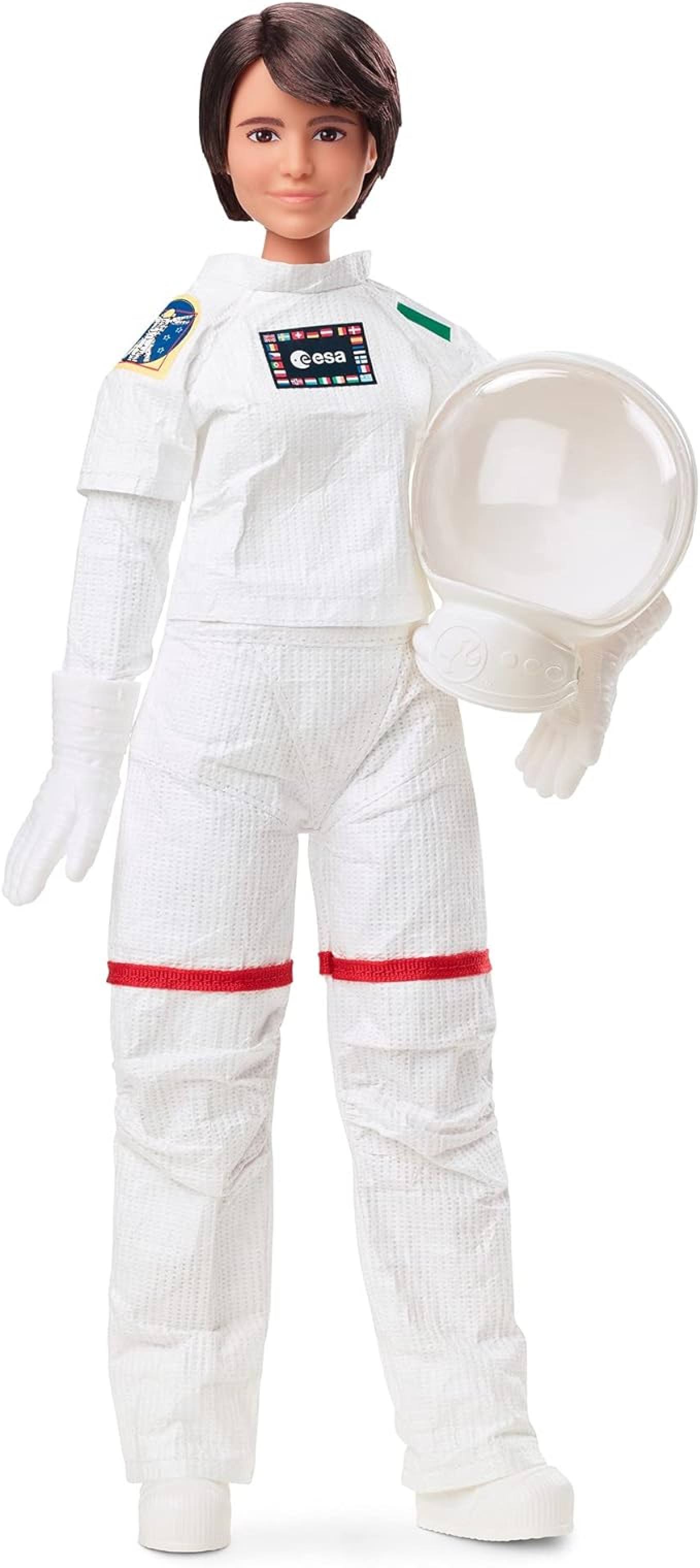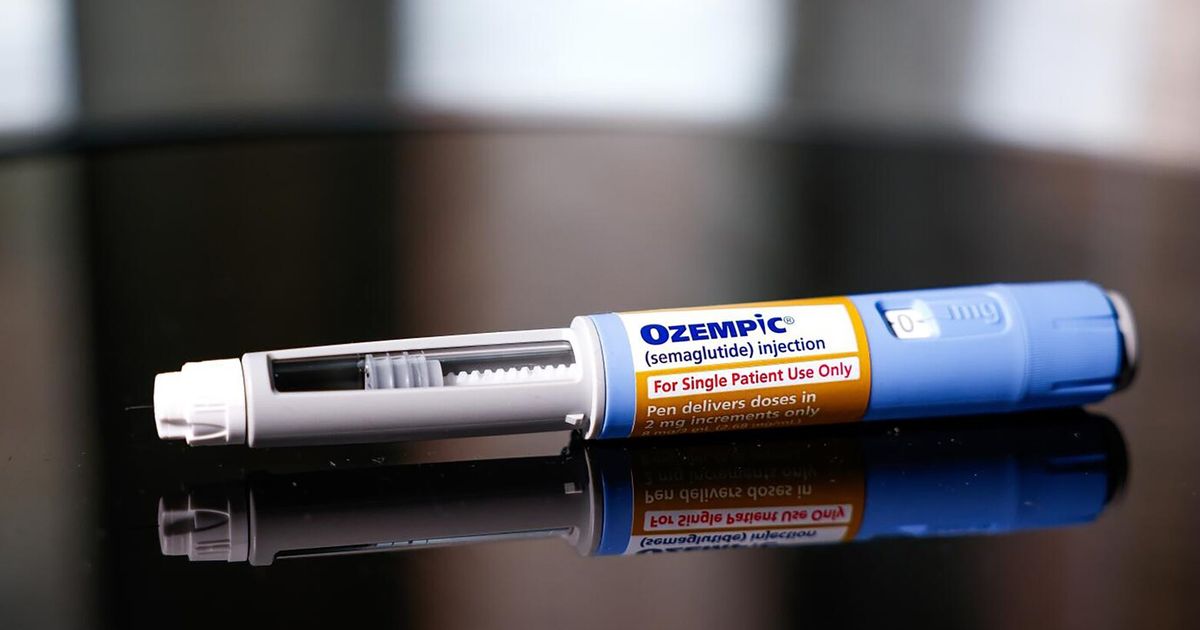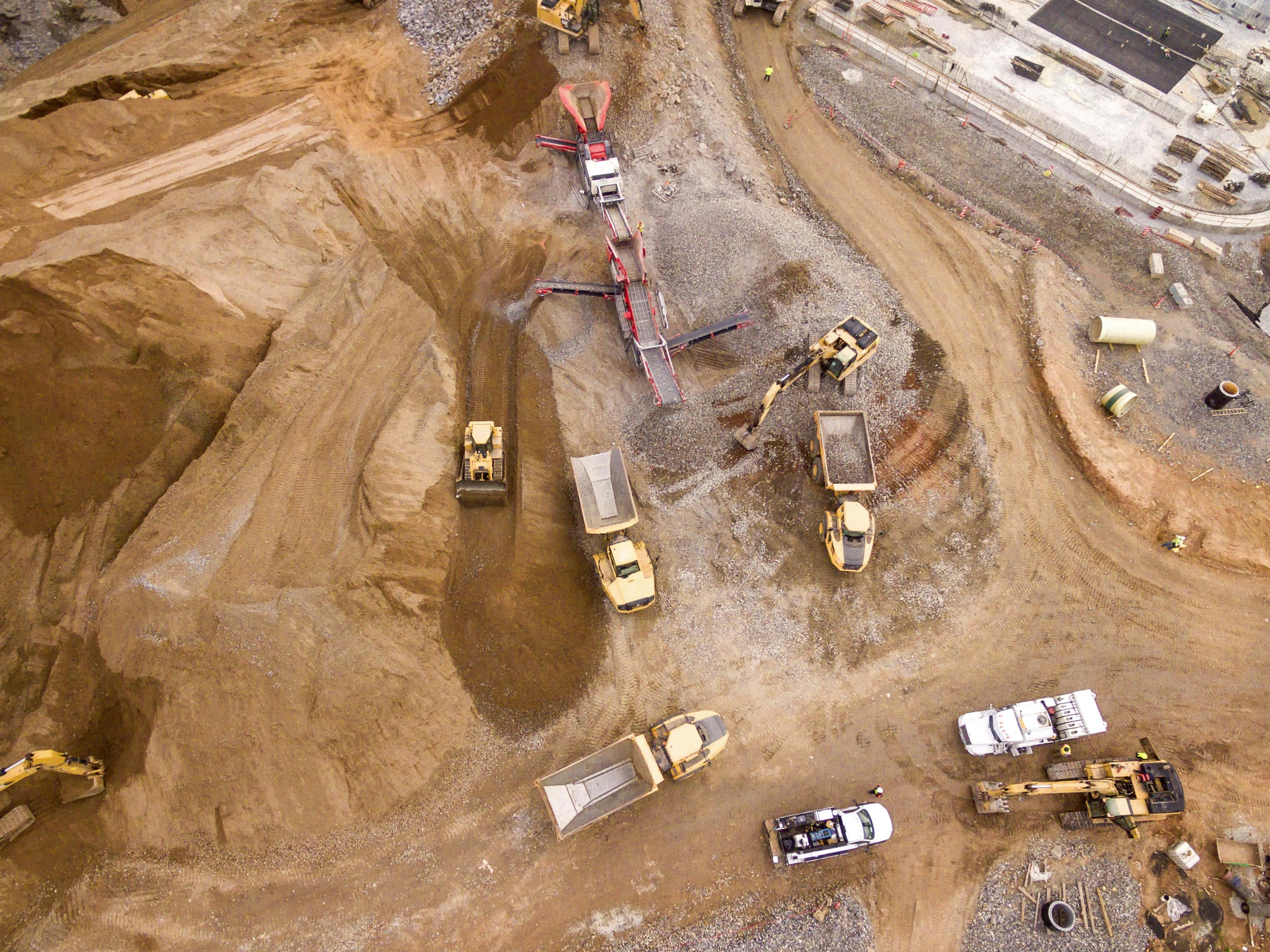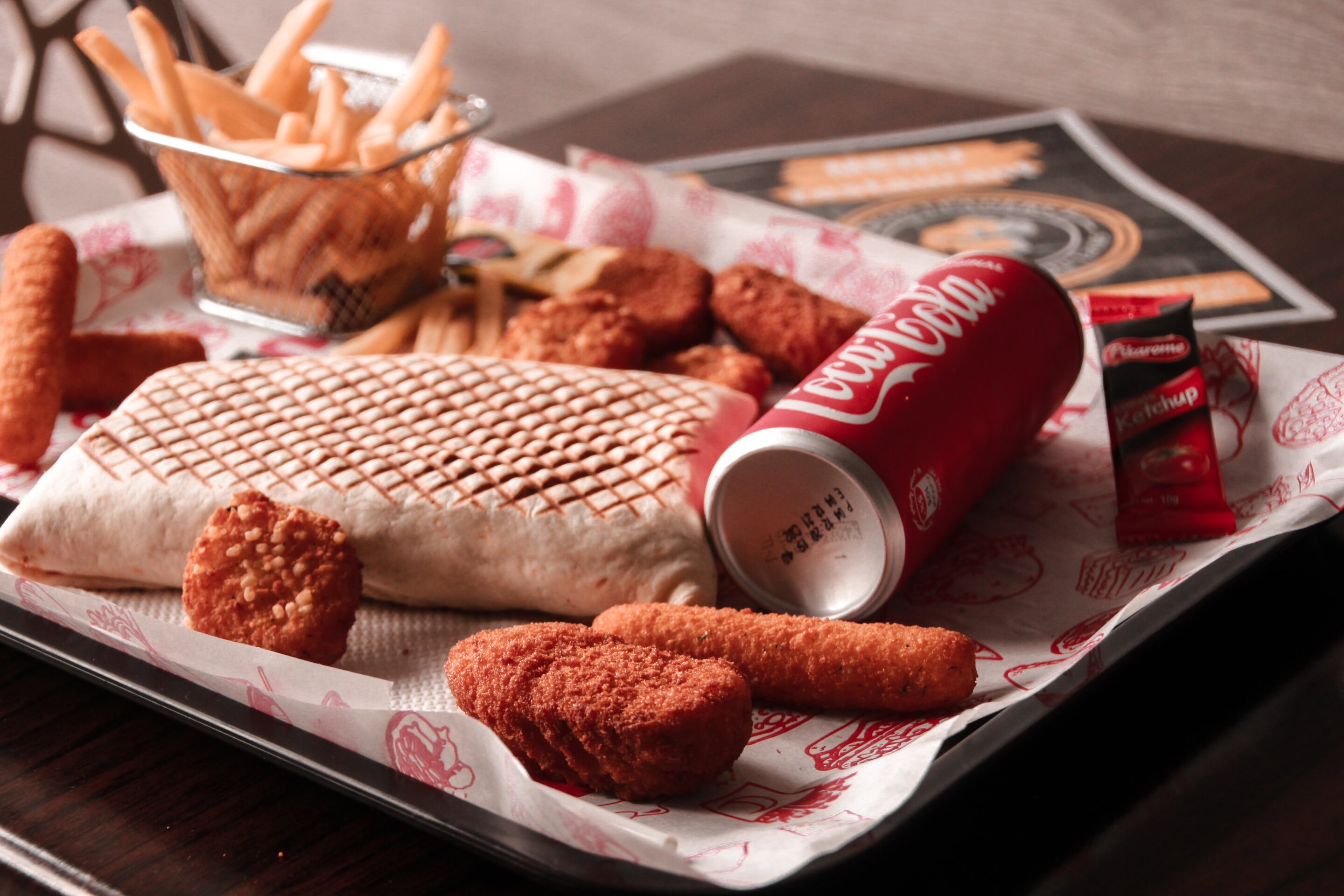This Barbie was in space: Exhibition in London celebrates 65 years of the famous doll


During her time in orbit, she answered questions from young girls, including why she wanted to be an astronaut. Video recordings of the conversations are shown next to the doll.
Cristoforetti said it was an “opportunity to reach out to girls and boys and to bring to them the experience of being an astronaut as a possible path in life, as a possible future, as a possible career… or as an adventure to be part of.”

Toy maker Mattel, which makes Barbie, and ESA launched the Samantha Cristoforetti Barbie doll in 2021 to mark Space Week, encouraging girls to become “the next generation of astronauts, engineers and space scientists,” according to ESA’s website.
The Cristoforetti doll is on loan from ESA to the Design Museum in the UK. Her exhibition as part of Barbie: The Exhibition at the museum will also highlight Barbie’s long history in space travel.
Also included in the exhibition will be a silver “Miss Astronaut” costume, described as “Barbie’s first portrayal as an astronaut” and released in 1965, on loan from the Mattel archives in Los Angeles.
(The exhibition doll) is specifically the doll that Samantha herself took into space.
There will also be a Barbie doll showing off her “scientific prowess” in a pink spacesuit. Barbie was launched in 1985 after astronaut and physicist Sally Ride made history in 1983 when she became the first American woman to fly into space.
Danielle Thom, curator of Barbie: The Exhibition, explained that the one-of-a-kind Barbie doll created for Cristoforetti personally is still in the astronaut’s possession, but it is not the one that flew into space.
“Although the doll’s creation was a one-off, it was publicized and received so much attention that Mattel decided to release it as a commercially available doll. So the doll in our exhibition is not the first – it is in Samantha’s private collection,” said Thom.

“(The display doll) is one of those that were made by Mattel and were widely available. But it is the exact doll that Samantha herself took into space. So the Barbie we are showing actually orbited the Earth in the International Space Station.
“We have this area within the larger exhibition where we explore the idea of exploration and adventure in all its forms and how playing with Barbie has enabled this kind of imaginative role play.”

A doll from the first edition, also on display and known among collectors as “Barbie Number 1,” is very popular today.

It features the classic blonde Barbie in a black and white swimsuit and features holes in her feet where she would have been attached to a stand.
Other dolls in the exhibition include the “surfer girl” Sunset Malibu Barbie from 1971 and the Day-to-Night Barbie from 1985, whose pink work suit transformed into an evening dress.
Two examples of the 1992 Totally Hair Barbie, a doll with extra-long, styleable hair, will also be part of the exhibition.
“Barbie: The Exhibition” opens on July 5 at the Design Museum in London.
Related Posts

New weight loss drugs should not be reserved only for the rich and famous

Update United Kingdom Group Action 15 July

